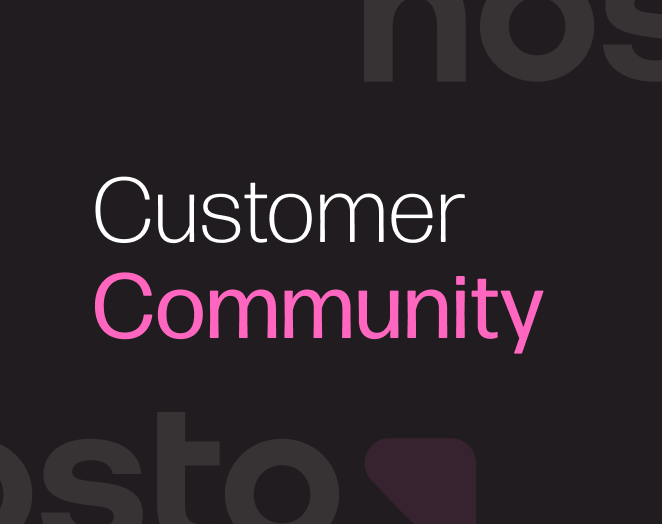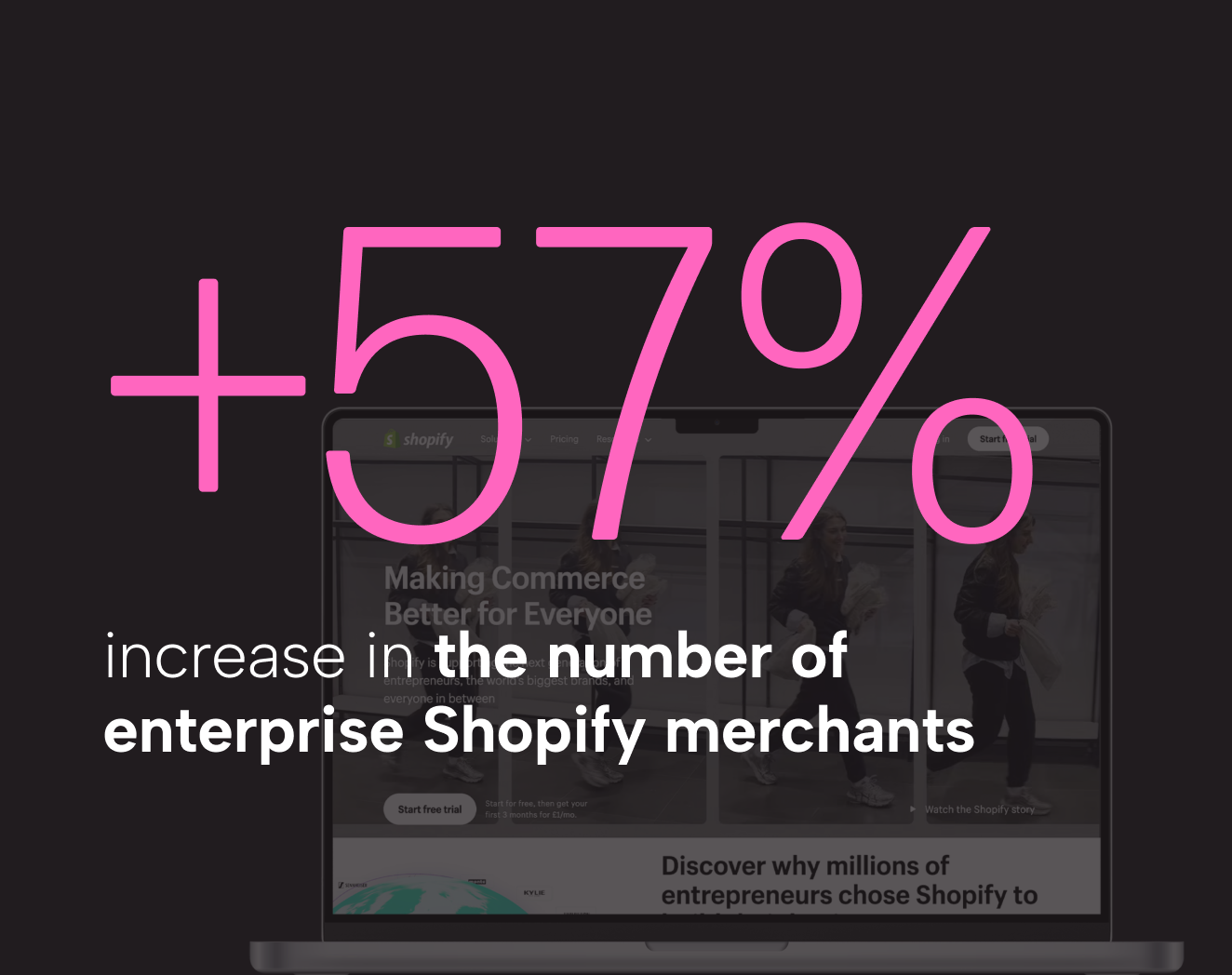Ecommerce & Last-Mile Delivery: All In One’s Hands
Because of the worldwide pandemic, shoppers’ behaviour has changed and shifted towards online purchases. According to IBM U.S. Retail Index, digital shopping has been sped up by roughly five years. The question if such growth will be long-term remains still unanswered, but we can presume that it will, as eCommerce growth has also moved other industries up. Last-mile logistics is among the most affected ones.Table Of Contents:
- Last-Mile Delivery: Deconstructed
- Things To Consider About Deliveries In 2021
- Same-Day Delivery, Next-Day Delivery… Convenience Is King
- Returns
- Hyperlocal Micro Fulfilment
- Sustainable Ecommerce
- Conclusion
Last-Mile Delivery: Deconstructed
In simple words, last-mile logistics is the final product’s journey step of the long delivery process from a manufacturer to a customer. Its primary aim is to reach the end-customer as soon as possible. On the other hand, end-customers have the exact expectations – 66% of millennial shoppers say that they want eCommerce companies to provide the 1-hour delivery option in metropolitan cities. However, their habituation to free deliveries is the outcome of last-mile delivery being the highest cost in the overall supply chain. We all know that there is no free lunch, and retailers have to eat up the free delivery cost in the end. The customers were yet so demanding that they could eat up the retailer alive. Thus, a lockdown shifted their expectations to another side. Free deliveries are not that important anymore. Convenient deliveries are on the rise, followed by free returns as e-shopping has become one of the pleasant outcomes left by the lockdown.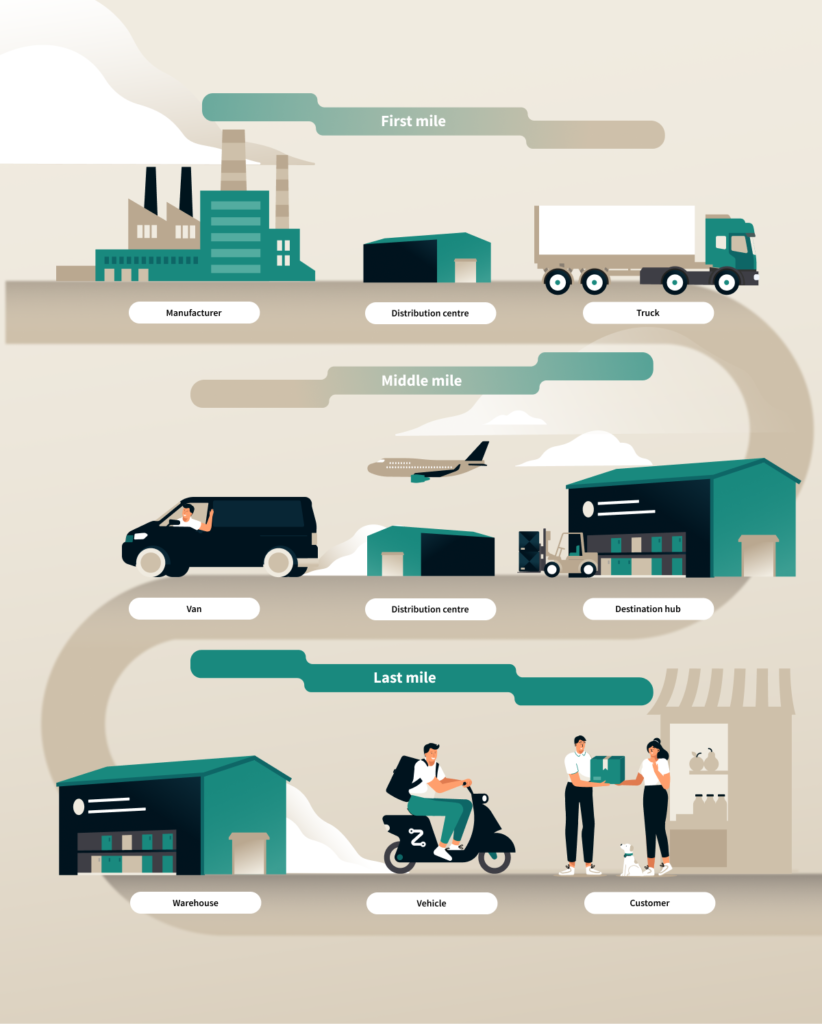
Things To Consider About Deliveries In 2021
While the coronavirus crisis hit hard, it has also raised many opportunities for improvement. In terms of eCommerce deliveries, they are very clearly seen. First, speed of delivery and higher customers’ expectations. If previously a few days long deliveries were considered to be a norm, now it is not.Same-Day Delivery, Next-Day Delivery… Convenience Is King
The current rise of same-day deliveries are expected to rocket even higher and reach a 25% market share by 2025. All last-mile delivery businesses are in the public eye, as many people have to use such services now. Therefore, the more different delivery options a company can offer, the more appealing its service is. Modern customers want to choose on their own – same-day delivery, next day delivery, click and collect (might not be an option during a lockdown), parcel machines, redirection of delivery if the delivery address has changed, or rescheduling if the person is not at home. In 2016 Oasis Commerce stated that 59% of online customers abandon their checkout process if they do not find a suitable delivery option. There is no doubt that the number is much higher in 2021. To be relevant for a shopper, eCommerce businesses should be very flexible and invest in various delivery options. The lockdown is a golden opportunity for online business, but you can make it or break it.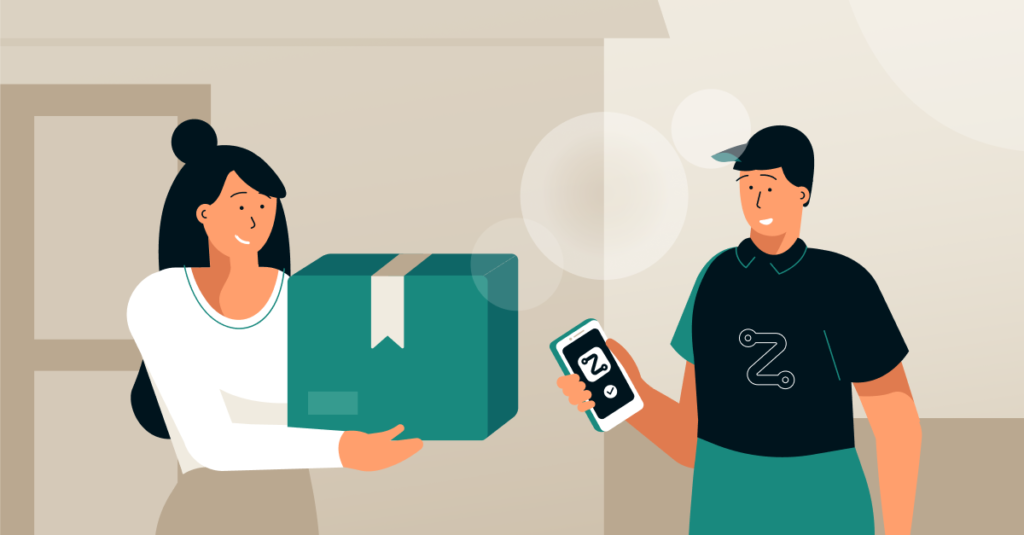
Returns
Product returns are an often neglected part of the eCommerce business. It is a bold statement, but returns have been a headache for many eCommerce businesses all the time. On average, 20% of bought items online are returned. This number can vary depending on the season and the product, but it’s still a big part of eCommerce. While many online stores are trying to combine the best return policy and have as little costs as possible, their customers want the same – cheap and convenient return process. According to Walker Sands (2018), free shipping would convince 79% of online shoppers to buy a product, and 54% of them state that free returns would have the same impact. The importance of free returns was noted in SearchNode’s eCommerce survey report, too. While free returns can be expensive for the business, it is crucial to calculate if it is worth the cost. Amazon, Walmart and other huge brands simply refund and let the customers keep the products if they are inexpensive or return shipping fees would be too high. Returns became a hassle for both companies and customers, so if your evaluation shows that returns can become refunds, simply do it. On the other hand, the returns process is a piece of a giant puzzle. The products come back to fulfilment warehouses, are repaired, repackaged, discounted and only then can put back in stock and re-sent to other customers. Sometimes a company’s policy does not allow it, and returns simply turn into waste. Or donation. Or pile up in the fulfilment warehouse until the better days. Even if returns seemed scary for many eCommerce companies, it wouldn’t go away. Return rate will rise together with sales, and it is just an object of successful supply chain management.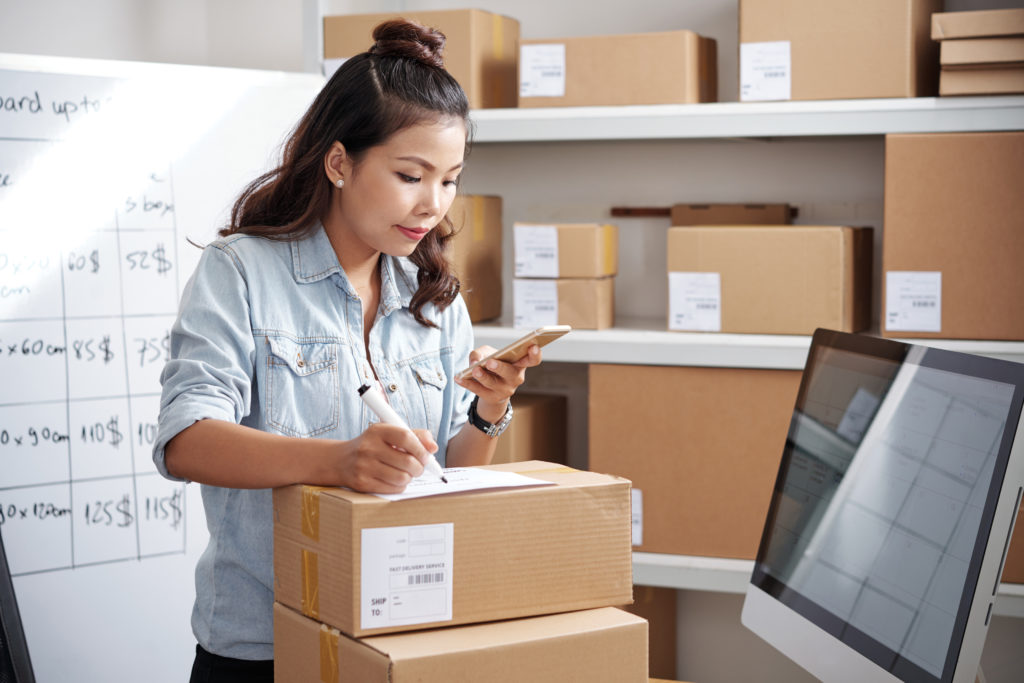 Hyperlocal Micro Fulfilment
Higher expectations for faster delivery require more intelligent (sometimes artificially intelligent) solutions in order fulfilment. Businesses can turn their major stores into fulfilment centres for faster last-mile deliveries. Such hyperlocal micro fulfilment had started to grow before the pandemic but bloomed during it. If retailers can pack on their own, their costs will dramatically fall as the distance to the end-user will be very small.
Last-mile delivery providers also grasp this opportunity and turn their urban hubs into fulfilment centres to speed up the process and match both eCommerce owners and end-users expectations. The option is taken by 3PL (order fulfilment) providers, too, as they develop their local delivery fleets to fasten the process and compete with outsourced services. This trend unlocks even more opportunities for eCommerce owners, such as delivering its best-sellers in the fastest possible manner.
Healthy competition between different providers results only in overall better services for both eCommerce and end-users.
Hyperlocal Micro Fulfilment
Higher expectations for faster delivery require more intelligent (sometimes artificially intelligent) solutions in order fulfilment. Businesses can turn their major stores into fulfilment centres for faster last-mile deliveries. Such hyperlocal micro fulfilment had started to grow before the pandemic but bloomed during it. If retailers can pack on their own, their costs will dramatically fall as the distance to the end-user will be very small.
Last-mile delivery providers also grasp this opportunity and turn their urban hubs into fulfilment centres to speed up the process and match both eCommerce owners and end-users expectations. The option is taken by 3PL (order fulfilment) providers, too, as they develop their local delivery fleets to fasten the process and compete with outsourced services. This trend unlocks even more opportunities for eCommerce owners, such as delivering its best-sellers in the fastest possible manner.
Healthy competition between different providers results only in overall better services for both eCommerce and end-users.
Sustainable Ecommerce
One leads to another, and… Such “closer” deliveries not only reduce last-mile delivery costs (as usually they compile up to 53% of all logistics costs), but it is more sustainable as well. Shorter delivery distances can be accomplished via different means of transportation – cargo bikes or electric scooters. Previously, the World Economic Forum predicted that eCommerce growth would result in +36% vehicles on the road and +30% vehicle-led emissions by 2030. However, this prediction should not come true as more and more eCommerce companies are interested in turning the sustainability angle into direct sales. High customers’ expectations for this also provoke the changes.
Conclusion
Higher customer expectations regarding many angles – convenient delivery, fast shipping, free returns and sustainability – drive massive changes in both online commerce and last-mile logistics industries. It seems that the more a retailer does for its customers, the more they ask as the appetite comes with eating. This can be overwhelming for any size eCommerce business. Hence, all the partners stand up to help – last-mile logistics providers come up with fulfilment solutions, 3PL providers hire their delivery fleets. It seems like lines are getting blurred, although everybody works just in a simple e-shopping industry. Nevertheless, higher expectations can be very motivating too. As long as customers have needs, businesses can grow. To rephrase Daft Punk legends, “Work it harder, make it better, do it faster, makes us stronger, work is never over”.
 This is a guest post by Laimonas Noreika, CEO & Co-founder at ZITICITY
About ZITICITY
ZITICITY is one of the fastest-growing logistics start-ups in Europe. It is the leading same-day delivery provider in the Baltics and a promising success case in the rest of Europe. ZITICITY platform is here to empower hundreds of merchants to compete with Amazon dominance by providing affordable same-day deliveries. It offers speed and quality by connecting e-stores with urban hubs to eliminate the stage of the goods crisscrossing the city needlessly. The team works tirelessly to optimise delivery routes and distribute heavy-batched parcels to on-demand couriers at maximum efficiency. ZITICITY can help any eCommerce business to increase customer satisfaction, competitiveness and revenue.
This is a guest post by Laimonas Noreika, CEO & Co-founder at ZITICITY
About ZITICITY
ZITICITY is one of the fastest-growing logistics start-ups in Europe. It is the leading same-day delivery provider in the Baltics and a promising success case in the rest of Europe. ZITICITY platform is here to empower hundreds of merchants to compete with Amazon dominance by providing affordable same-day deliveries. It offers speed and quality by connecting e-stores with urban hubs to eliminate the stage of the goods crisscrossing the city needlessly. The team works tirelessly to optimise delivery routes and distribute heavy-batched parcels to on-demand couriers at maximum efficiency. ZITICITY can help any eCommerce business to increase customer satisfaction, competitiveness and revenue. 